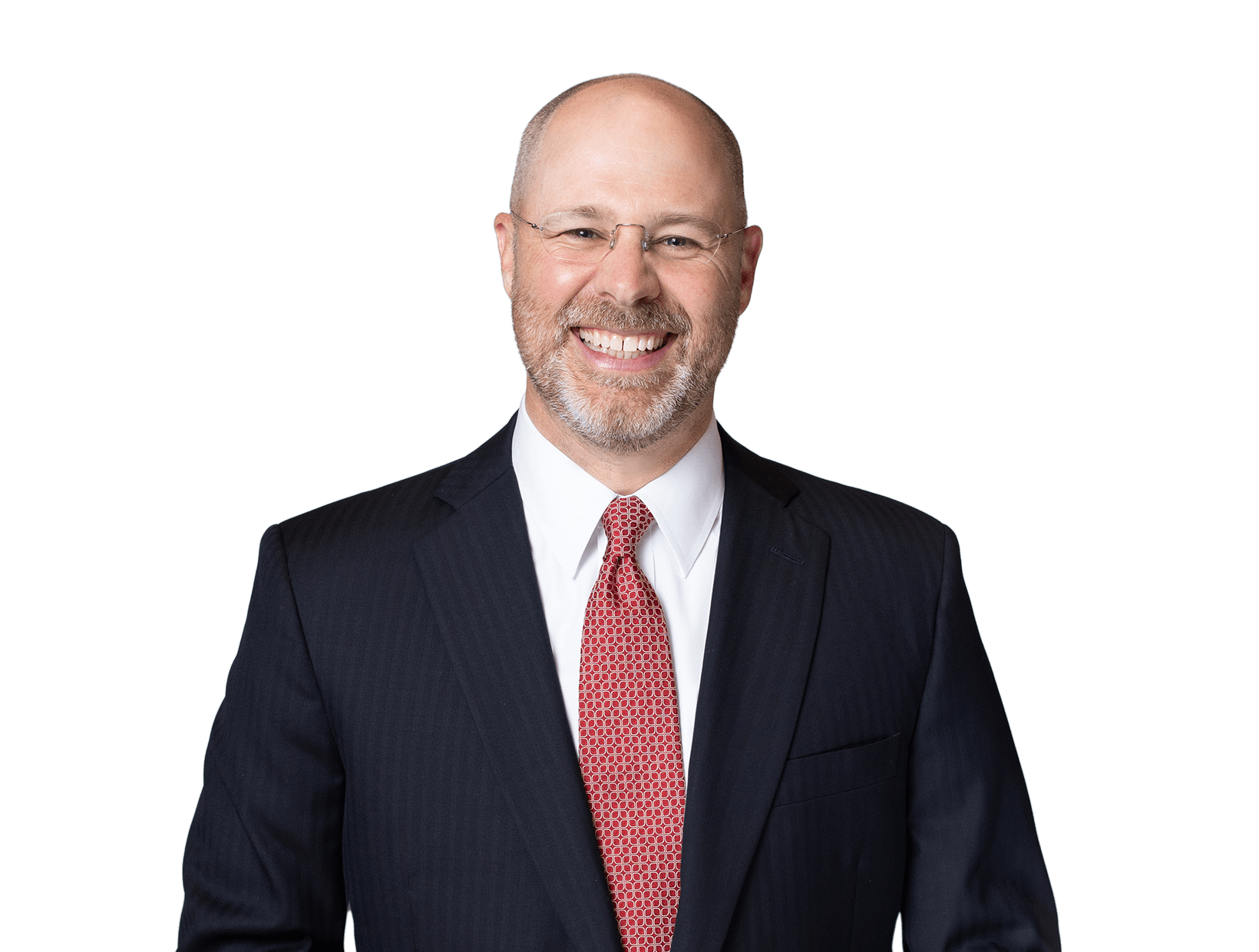IP Law Essentials
Visual Artists Rights Act Protects Even Transient Art in the Absence of an Explicit Waiver
Authors
-
- Name
- Person title
- Principal

-
- Name
- Person title
- Principal

Co-Authored by: Ryan Petty, Ph.D.
Public Art and Private Property
The use of copyright to protect street art is on the rise. While street artists should be aware of their rights under copyright law, building owners should also be aware that authorizing street art on their buildings without an agreement in place can carry liability. This interplay between the rights of street artists and property owners is evidenced by recent high-profile litigation under the Visual Artists Rights Act ("VARA") of 1990.[1]
What is VARA?
VARA provides a limited set of moral rights, namely attribution and integrity, to the authors of works of visual art until their death.[2] The right of attribution allows an author to claim authorship in their work and prevent their name from being associated with works they did not create or distortions of their covered works. The right of integrity allows an author to prevent intentional distortions, mutilations, or other modifications that would be prejudicial to their honor or reputation. While these rights cannot be transferred, they can be waived. Absent an explicit waiver signed by the artist and building owner, VARA allows the author of a work of visual art of "recognized stature" to prevent intentional or grossly negligent destruction of their work. The force of this last provision was recently buttressed in a recent decision by the Second Circuit in Castillo v. G&M Realty L.P.,[3] where the panel upheld a district court's findings that whitewashing a prominent exhibition of street art was a violation of VARA and awarded statutory damages of $6.75 million.
VARA and 5Pointz
Gerald Wolkoff, the owner of several abandoned warehouses in New York, authorized street artist Jonathan Cohen to use the facades as an exhibition space for others. Importantly, Wolkoff and Cohen did not have a formal written agreement waiving any rights in the future works. Cohen then personally selected and supervised each artist and location, allowing some art to be displayed temporarily by later being painted over, while some became permanent installations. The site became known as 5Pointz and eventually attracted thousands of daily visitors and extensive media coverage. Over the course of a decade, 5Pointz hosted a total of about 10,000 works.

"Save 5Pointz" - Akiko Miyakami & Jonathan Cohen
In 2013, Wolkoff sought municipal approval to demolish the warehouses and build luxury apartments. Upon learning this, Cohen and others brought suit under VARA to prevent the demolition. While a district court opinion denying a preliminary injunction was pending, Wolkoff whitewashed the entire facade. After a lengthy trial with numerous expert witnesses, Cohen prevailed and Wolkoff's violation of VARA was found willful. The court awarded the maximum allowable statutory damages of $150,000 per work, $6.75 million in total.
The Second Circuit affirmed, rejecting Wolkoff's arguments that the temporary nature of the street art rendered it ineligible for protection under VARA. The works of visual art were protected under VARA if they had achieved recognized stature, as evidenced by, for example, expert testimony of art critics, curation by a well-recognized artist like Cohen, and the fact that the works were displayed at the world-famous 5Pointz itself. Wolkoff further argued that the artists were aware the buildings may eventually be torn down, and so they should have expected their works to be destroyed. But the panel also rejected this, noting that if the work is to be removed but cannot be done without being destroyed, VARA explicitly requires a written instrument signed by the building owner and artist acknowledging that. Expectations absent a written instrument are not relevant.
On the question of willfulness, the panel noted that Wolkoff admitted that he was aware of the VARA claims, he was advised by counsel not to whitewash the artwork while the litigation was ongoing, and he was wholly unrepentant about his decision. Wolkoff's behavior in contrast with the consistent good faith efforts of Cohen and the other artists combined with the deterrent effect on Wolkoff, justified the maximum allowable statutory damages award.
Takeaway: Know Your Rights!
While Wolkoff originally authorized the use of his buildings as an exhibition space, it is unclear what protection, if any, unauthorized street art (i.e., graffiti) possess under VARA.[4] Any building owner authorizing street art should therefore ensure they obtain a written waiver signed by both the owner and the artist that specifies the work may be subject to "destruction, distortion, mutilation or other modification, by reason of its removal." Building owners should also be aware they are more likely to face significant damages if they fail to negotiate with artists in good faith. In the absence of an agreement, street artists of even authorized transient works may rely on the moral-rights protections of VARA to prevent destruction of their works.
More questions? Contact the authors or visit Fish's Intellectual Property Law Essentials.
[1] 17 U.S.C. 106A.
[2] A "work of visual art" is narrowly defined in the Copyright Act at 17 U.S.C. 101.
[3] 950 F.3d 155 (2d Cir. 2020).
[4] No appeals court has directly addressed the issue. However, at least one district court has found that art that is both unlawfully placed and non-removable does not enjoy protection under VARA. See English v. BFC&R E. 12th St. LLC, No. 97 CIV. 7446 (HB), 1997 WL 746444, at *4 (S.D.N.Y. Dec. 3, 1997); but see Pollara v. Seymour, 150 F. Supp. 2d 393, 396 (N.D.N.Y. 2001) (finding English inapplicable where the unlawfully placed work is removable).
The opinions expressed are those of the authors on the date noted above and do not necessarily reflect the views of Fish & Richardson P.C., any other of its lawyers, its clients, or any of its or their respective affiliates. This post is for general information purposes only and is not intended to be and should not be taken as legal advice. No attorney-client relationship is formed.